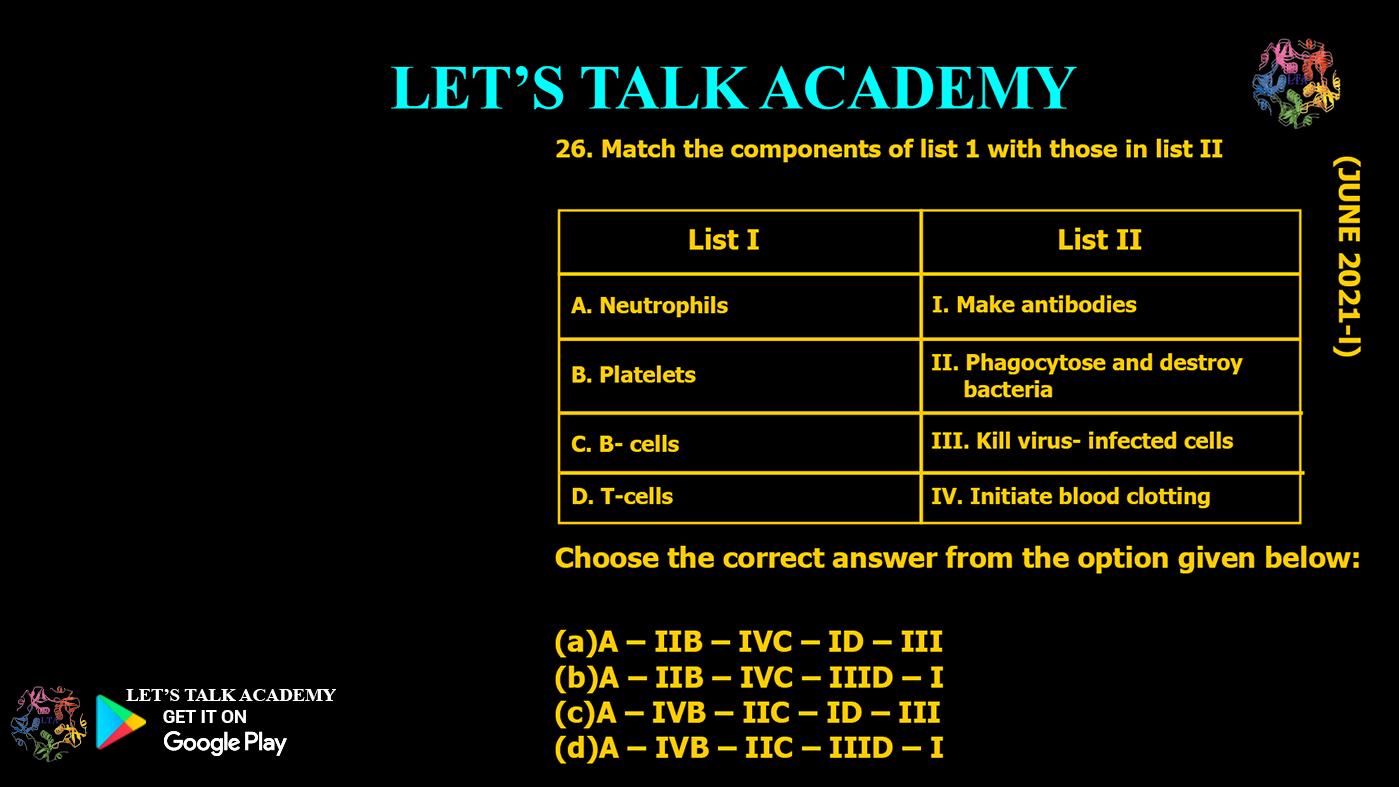
CSIR UGC NET Life Science Course
Let's Talk Academy is the number one CSIR NET Life Science coaching in Jaipur for Life Science. At Let's Talk Academy, you can be sure to get the right coaching strictly in adherence to the CSIR NET Life Science course. CSIR NET Life Science is an exam that requires in-depth knowledge, consistent practice, and the right guidance to crack. If you are looking for a place where you can get the best CSIR NET Life Science coaching, you are at the right place.



5 Comments
Pallavi gautam
April 22, 2025Doneee
Vikram
April 22, 2025Submitted
Akshay mahawar
April 24, 2025Done 👍
Vaidehi Sharma
April 30, 2025Done✅
yogesh sharma
May 8, 2025Done sir